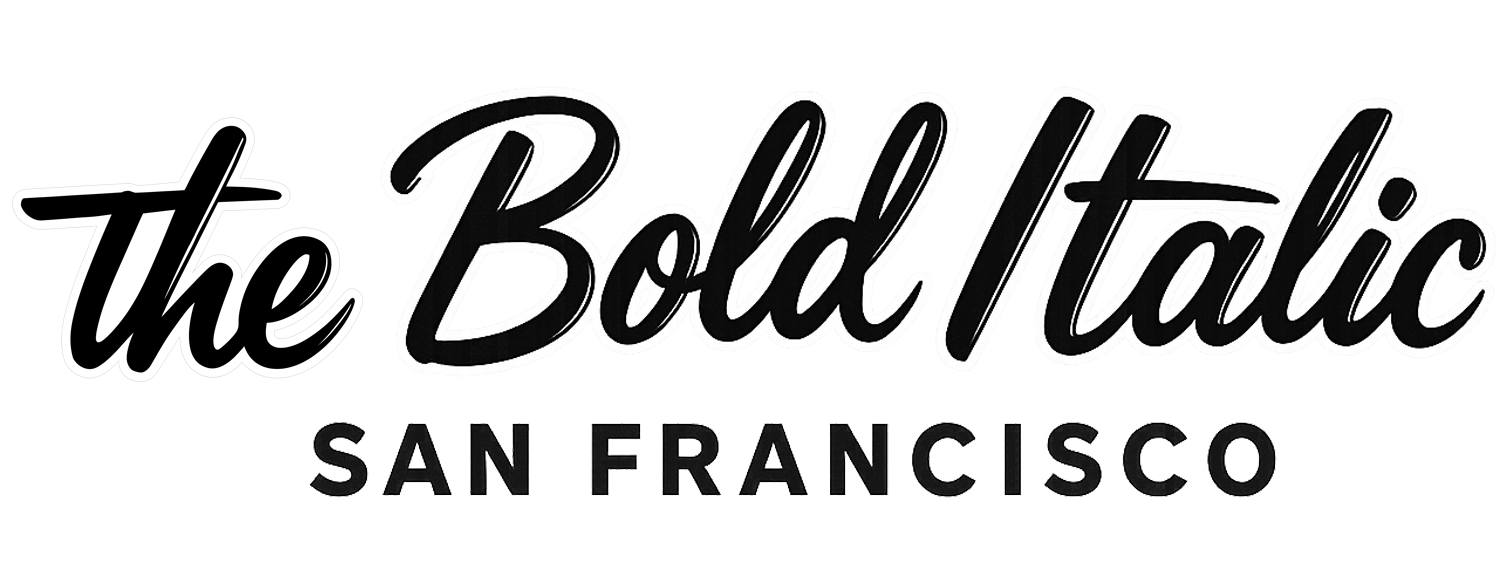Walk past Bodega on Columbus and Filbert and you’ll see Natalie Gabriel’s pastel mural of Carol Doda, gazing out at North Beach through melancholic eyes. Four blocks down is the Condor Club, the place where Doda became famous for making her debut as America’s first topless dancer in 1964.
Before watching Marlo McKenzie and Jonathan Parker’s new documentary, “Carol Doda Topless at the Condor,” I had never heard of this wry nudity pioneer, referred once by Herb Caen as “the Susan B. Anthony of this particular liberating movement.”
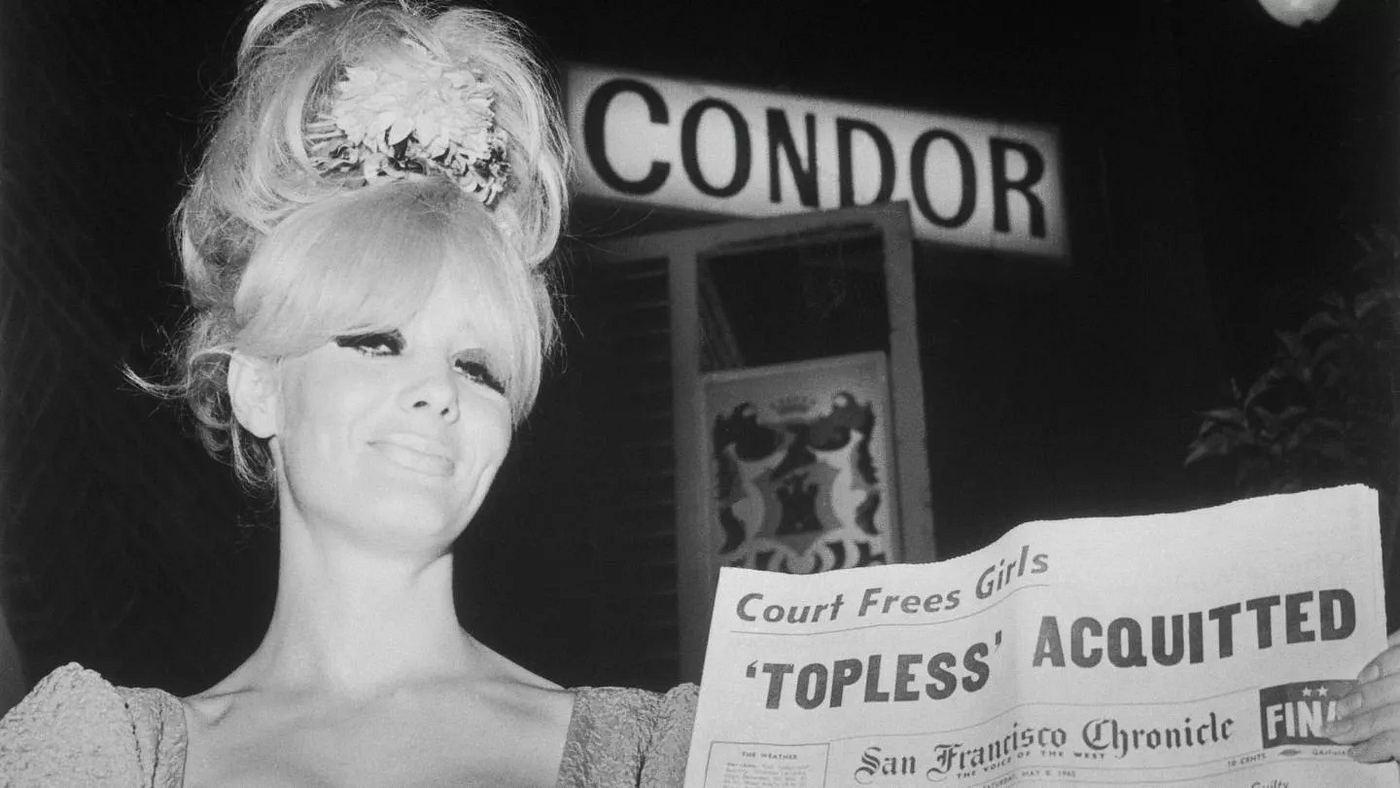
In an opening montage of archival footage, the filmmakers set the scene for 1960s San Francisco with a swirl of protests — civil rights, second-wave feminism, anti-war — and the golden age of Broadway when clubs like Big Al’s and the Peppermint Tree brought in entertainers to titillate the masses. Doda, a petite blonde who loved to dance, was the queen of the scene. She began as a cocktail waitress at the Condor who seized every opportunity to stand out, often jumping up on the club’s piano and doing the twist while acts like George & Teddy played.
Gino Del Prete, one of the club owners, saw the makings of a marketing gimmick and decided to up the ante by rigging the piano to descend from the ceiling with a gyrating Doda on top. After fashion designer Rudi Gernreich came out with the monokini, Doda’s publicist, Davey Rosenberg, saw an even better opportunity to garner headlines. Soon, the tits out craze took San Francisco by storm, culminating in offbeat shit like a topless clam chowder joint, before the moral backlash took hold. Clubs were shut down and women were arrested, although a trial eventually acquitted them and made SF the first city to legalize topless dancing.
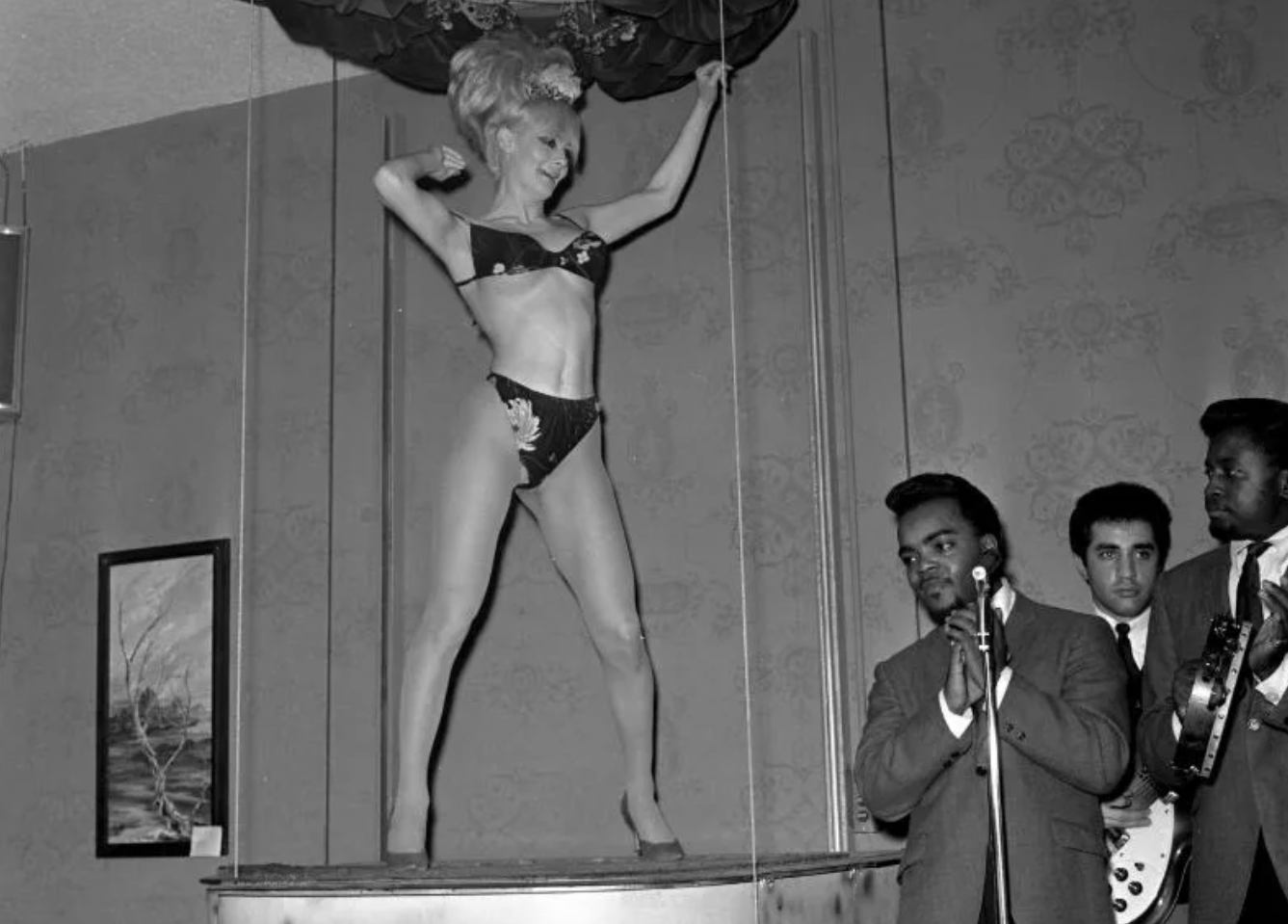
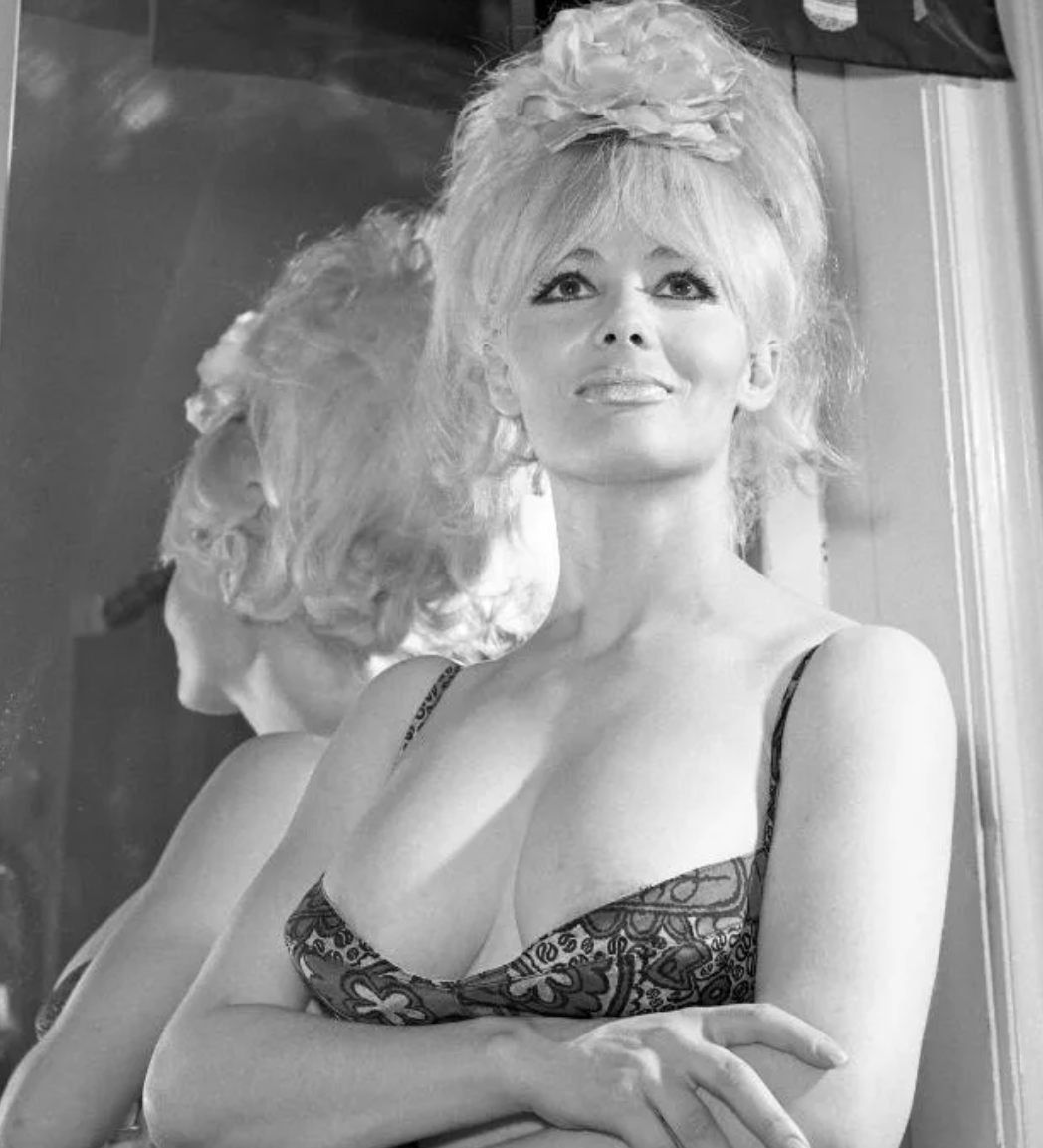
At this point, Doda’s novelty had begun to wear off and she was actively looking for ways to differentiate herself as a performer. When her boss mentioned silicone injections, an experimental way to increase bust size, she quickly jumped from a B cup to a DD. Rather than falling prey to the false dichotomy between exploitation and liberation under the male gaze, the doc acknowledges their capitalism-fueled intersection.
Cultural critic Wednesday Martin, one of the film’s featured talking heads, describes it this way: “It was almost like Carol Doda was saying, ‘My body is the art and the performance is going to go on… and if my route to success is the male gaze and objectification, I’m gonna fuck it up. I’m gonna go all the way.’”
Doda leveraged her assets to support herself and live the type of life she wanted. Was she manipulated during the process? Sure, but who isn’t under this patriarchal, capitalist hellscape? We’re all just trying to stay afloat and as a result, it’s difficult to fully consider the future consequences of our actions.
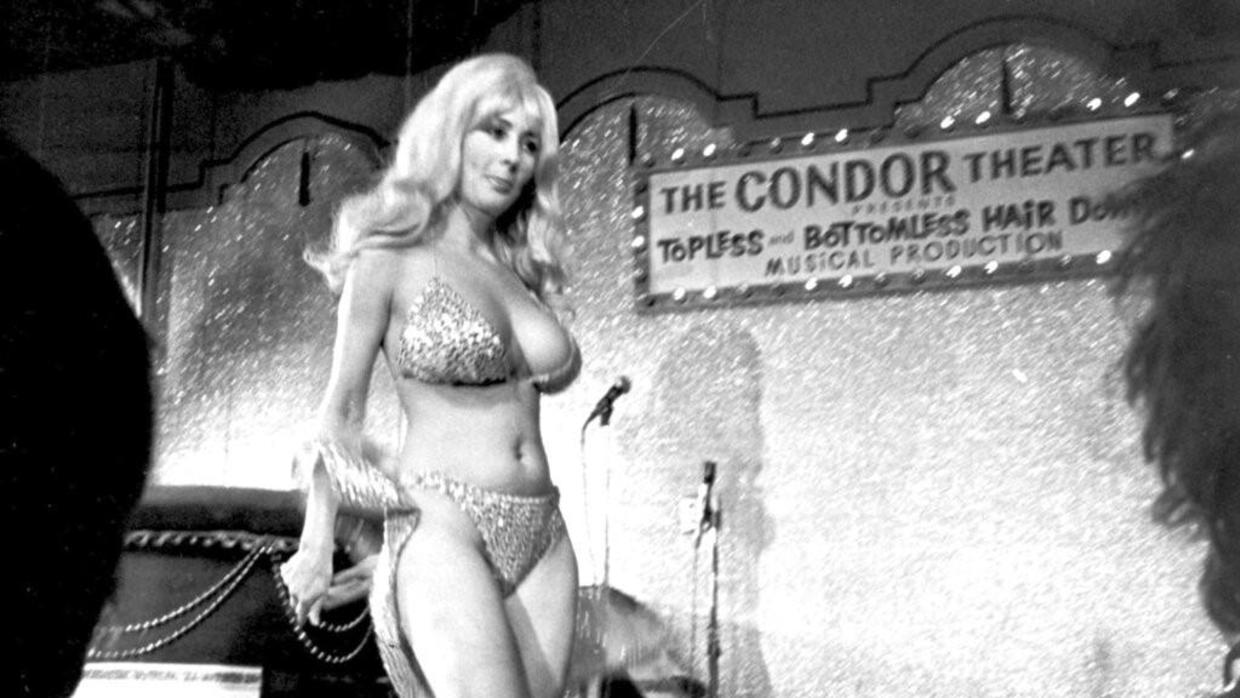
The doc doesn’t absolve Doda of responsibility for enhancing detrimental beauty standards, nor does it vilify her; instead, it uses her story to show the limitations even the most subversive women face when societal structures are against them. Doda kickstarted a wave of sexual freedom and bodily autonomy, not to mention an entire segment of the entertainment industry, yet she was still underpaid by the owners of the Condor.
As her body aged and lost value, she was forced to pivot into another industry, which she did with decent success until the silicone in her breasts caused health issues that eventually killed her. She was a complicated woman, one who pushed against the strictures of patriarchal society while also benefiting from it. Her story is a timely one, as it mirrors the murkiness of modern feminism amongst the ongoing culture wars and raises complex questions that we’re still struggling with today.
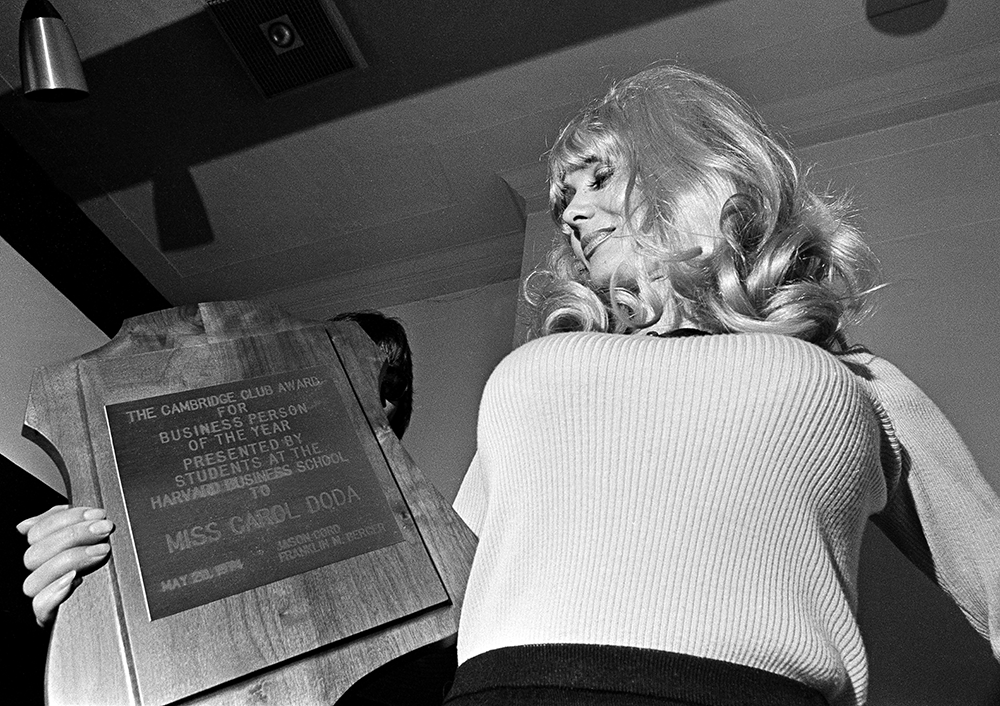
I have a few minor bones to pick with this film, including the way it haphazardly integrates Jimi and Judy Mamou, an interracial couple who knew Doda because they worked in the industry, but weren’t exactly close with her. Their story is interesting and I understand that it was probably added to provide an alternate perspective, I just wish it didn’t feel so disconnected from the narrative at large.
The other bummer is the lack of information about Doda’s life outside of work. By all accounts, she was a guarded woman who didn’t share personal details, although there was mention of a young marriage gone bad and children lost in a custody battle. In a perfect world, the filmmakers would have hunted down her progeny, or someone who knew them, to explore that angle; however, I’ll give them the benefit of the doubt and assume it wasn’t doable.
// “Carol Doda Topless at the Condor” runs through April 4 at the Roxie. Tickets are available here.
Lindsay Pugh is a San Francisco enthusiast and writer. She is based in New York.
The Bold Italic is a non-profit media organization, and we publish first-person perspectives about San Francisco and the Bay Area. Donate to us today.


